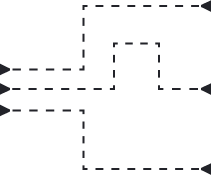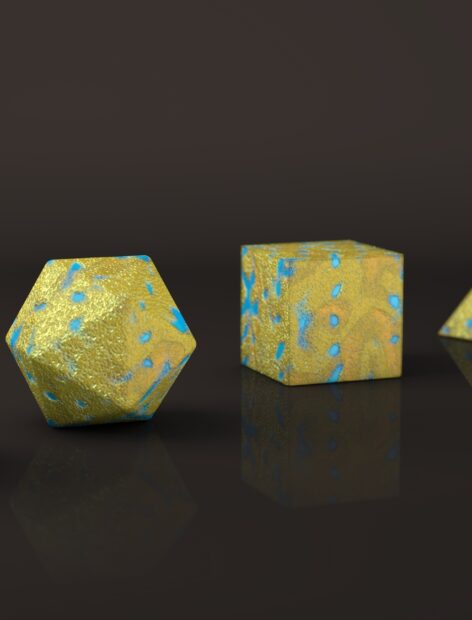Goal
Prove technical feasibility
Demonstrate bussines concept
Validate an idea & find a product-market fit based on real end-user feedback
Development time
Days / Weeks
Weeks
Months
Audience
Researchers, Developers
Stakeholders, Investors, Focus groups
Early adopters, Investors
Use case
The technical aspects
Fill gaps in a flow, pitch the product idea
Look for a market fit by assessig user feedback, Get funding
Risk evaluation
Reduces risk of technical problems
Reduces risk of user dissatisfaction
Reduces risk of building a product with no market
Investment
Small budget
Medium budget
Well-defined budget
Revenue
Not for sale
Not for sale, Generates further investment
Sells to early adopters, Generates investment
Futher use
Technical prototype or MVP development
MVP development
Full product development



































